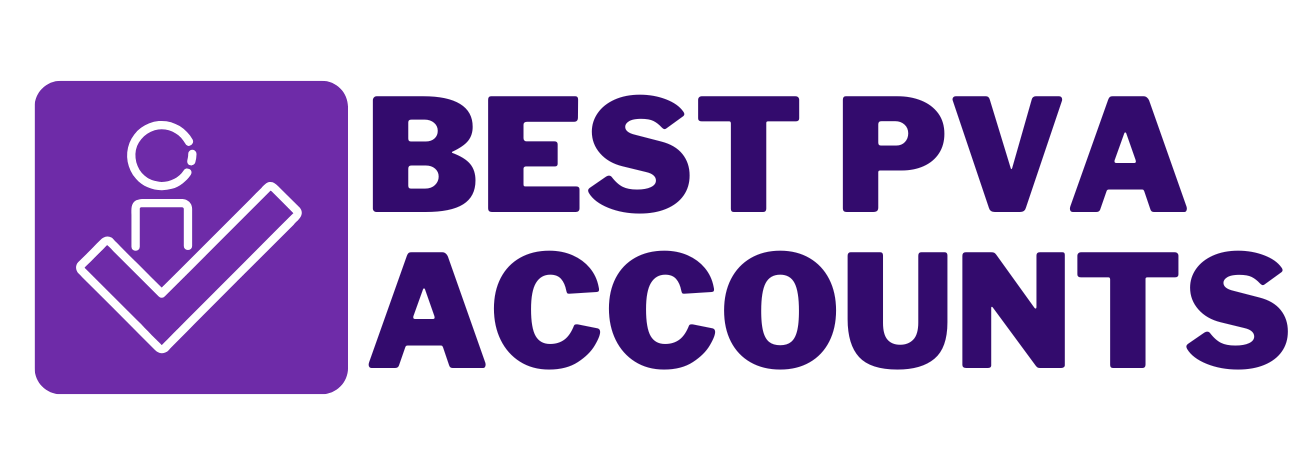How to Choose the Right Social Media Account for Your Brand
Introduction
In today’s digital age, social media is not just an option—it’s essential. For social media managers, small businesses, and marketing professionals, making an informed choice on which social media Account to use is crucial. But with so many options available, how do you choose the right social media account for your brand? In this blog post, we’ll guide you through the decision-making process, offering valuable tips and insights to help you maximize your online presence.
1. Understanding Your Audience
Before diving into specific platforms, it’s important to have a clear understanding of your brand’s needs. Ask yourself:
- Know Who You’re Targeting
Before selecting a social media Account, you need to understand your audience. Are they teenagers or professionals? Do they prefer visual content or detailed articles? Answering these questions will help you tailor your strategy and choose platforms that resonate with your target demographic.
- Analyze Demographics
Different platforms attract different demographics. For instance, Instagram is popular among younger users, while LinkedIn is frequented by professionals. Researching these statistics can help you identify where your potential customers spend their time online.
- Survey Your Existing Customers
Sometimes, the best insights come directly from your own customers. Use surveys or social media Account polls to gather information about their platform preferences. You can use this data to help shape your social media strategy.
2. Identifying Your Brand’s Goals
Every social networking site has its own special features and functions. Here’s a breakdown of some major platforms:
- Define Clear Objectives
What do you want your social media presence to accomplish? Whether it’s brand awareness, customer engagement, or driving sales, having clear goals will inform your platform choice and strategy.
- Align Platforms with Goals
Each social media Account offers unique tools and features. For example, Instagram is excellent for brand awareness through visual storytelling, while Twitter is great for real-time engagement. Aligning your goals with platform strengths is key to success.
- Measure Success Metrics
Different platforms offer various analytics tools to measure success. Understanding these metrics will help you evaluate whether a particular platform meets your objectives effectively.

3. Content Strategy and Your Platform
- Understand Content Types
Different platforms favor different content types. Instagram thrives on visuals, LinkedIn on professional articles, and Twitter on short, timely updates. Knowing what content performs best on each platform will help you tailor your strategy.
- Leverage Platform Strengths
Use each platform’s strengths to your advantage. For instance, Instagram Stories can be used for behind-the-scenes glimpses, LinkedIn can be used for thought leadership articles, and Facebook can be used for community building and event promotion.
- Plan a Content Calendar
Creating a consistent content calendar ensures that you’re posting regularly. This not only helps keep your audience engaged but also boosts your visibility on the platform.
4. Budget and Resource Allocation
- Evaluate Costs
Some platforms may require a larger budget for ads and promotions. Understanding the cost implications will help you allocate your budget more effectively.
- Assess Time Investment
Managing multiple social media accounts can be time-consuming. Assess how much time you and your team can realistically dedicate to maintaining each platform.
- Utilize Management Tools
There are various social media account management tools available that can help you streamline your efforts. Tools like Hootsuite and Buffer allow you to schedule posts, monitor engagement, and track analytics across multiple platforms.
5. Instagram for Visual Storytelling
- Why Instagram?
Instagram is a visual-centric platform ideal for brands with strong visual content. It’s perfect for showcasing products, behind-the-scenes footage, and user-generated content.
- Features to Leverage
Instagram offers features like Stories, IGTV, and Reels. Utilizing these can help you engage with your audience in creative ways.
- Who Should Use Instagram?
Brands in industries like fashion, travel, food, and lifestyle can benefit greatly from Instagram’s visual nature.
6. Facebook for Community Building
- Why Facebook?
Facebook is one of the oldest and most versatile social media accounts. It’s excellent for building a community around your brand and engaging with customers through groups, events, and live sessions.
- Features to Leverage
Make use of Facebook Groups, Events, and Live videos to foster a sense of community and keep your audience engaged.
- Who Should Use Facebook?
Small businesses, community-focused brands, and those looking to build long-lasting customer relationships should consider Facebook.
7. Twitter for Real-Time Engagement
- Why Twitter?
Twitter is all about real-time updates and quick interactions. It’s ideal for brands that want to engage in conversations, share timely updates, and provide customer support.
- Features to Leverage
Take advantage of hashtags, Twitter Chats, and Moments to increase your brand’s visibility and engagement.
- Who Should Use Twitter?
Brands in industries like news, sports, and tech, where real-time information is crucial, will find Twitter particularly beneficial.
8. LinkedIn for Professional Networking
- Why LinkedIn?
For professional networking and B2B marketing, LinkedIn is the preferred site. It’s perfect for sharing industry insights, company news, and job postings.
- Features to Leverage
Use LinkedIn Articles, Showcase Pages, and Groups to establish your brand as a thought leader in your industry.
- Who Should Use LinkedIn?
Professional services, B2B companies, and those looking to connect with industry professionals should make LinkedIn a priority.
9. YouTube for Video Content
- Why YouTube?
YouTube is a strong venue for video content because it is the second-largest search engine in the world. It’s ideal for tutorials, product reviews, and vlogs.
- Features to Leverage
Make use of YouTube’s playlists, live streaming, and community tab to engage with your audience and keep them coming back for more.
- Who Should Use YouTube?
Brands with the resources to create high-quality video content, particularly in industries like education, tech, and entertainment, will benefit from YouTube.
10. Pinterest for Inspiration and Ideas
- Why Pinterest?
Pinterest is a visual search engine that’s perfect for discovery and inspiration. It’s ideal for brands that can create engaging, visually appealing content.
- Features to Leverage
Use Pinterest Boards and Pins to share ideas, DIY projects, and inspirations related to your brand.
- Who Should Use Pinterest?
Brands in niches like home decor, fashion, beauty, and food will find Pinterest particularly effective.
11. TikTok for Viral Content
- Why TikTok?
TikTok is the platform for short, viral videos. It’s excellent for brands looking to engage a younger audience with creative and entertaining content.
- Features to Leverage
Utilize TikTok Challenges, Duets, and Hashtags to increase your reach and engagement.
- Who Should Use TikTok?
Brands targeting Gen Z and those in entertainment, fashion, and beauty should explore TikTok.
12. Tracking and Analyzing Performance
- Importance of Analytics
Regularly monitoring your social media analytics helps you understand what’s working and what’s not. This allows you to adjust your strategy for better results.
- Tools to Use
Tools like Google Analytics, Facebook Insights, and Instagram Analytics provide detailed information about your audience and content performance.
- Acting on Data
Use the insights you gather to refine your content strategy, focus on high-performing platforms, and improve overall engagement.
13. Assessing Account Quality
Once you have an idea of which platform might be best for your brand, it’s essential to evaluate the quality of your potential account on that platform. Consider:
- Engagement Rate: Look at how often users interact with content similar to yours. Higher engagement means better potential for your brand.
- Follower Demographics: Ensure that the followers align with your target audience.
- Content Quality: Review the types of content that perform well on the platform and assess if your brand can produce similar quality.
14. Tips for Selection
When choosing the right social media account, keep these tips in mind:
- Start Small: Focus on one or two platforms where you can excel rather than spreading yourself too thin across multiple.
- Analyze Competitors: Look at what platforms your competitors are using and how they are performing.
- Utilize Analytics: Use data from your existing buy social media accounts to inform your decision. Insights on engagement, reach, and audience demographics can be invaluable.
- Consider Long-Term Growth: Choose a platform that can grow with your brand and accommodate your evolving needs.
Conclusion
Choosing the right social media platform for your brand is a crucial step in building a successful online presence. By understanding your audience, defining your goals, and leveraging the unique features of each platform, you can create a strategy that drives engagement and growth. Start exploring today and see how the right social media accounts can transform your brand.
If you’re ready to take your social media account strategy to the next level, sign up for our newsletter and stay updated with the latest trends and tips. Happy posting!

